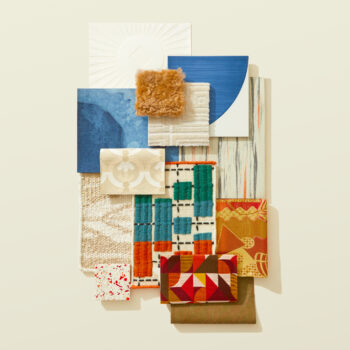
Navigating a large healthcare facility can be daunting, especially for patients already experiencing stress or discomfort. Effective wayfinding strategies, combining clear signage with architectural cues, are vital in helping patients and visitors feel at ease as they move through complex medical environments. By carefully planning and implementing wayfinding systems, navigating complex medical centers can become intuitive, enhancing the patient experience and improving operational efficiency.
The layout of a medical center plays a significant role in how easily people can find their way. Architectural design that prioritizes a clear, logical flow with distinct zones for different departments or specialties can significantly reduce confusion. Incorporating wide hallways, open lobby spaces, and landmark features like distinct artwork or unique architectural elements can serve as natural guideposts. For instance, a bright atrium, a colored feature wall, or a signature staircase can become an orienting feature within the space, allowing visitors to quickly regain their bearings.
Signage complements these architectural elements by providing precise information at crucial points, such as near elevators, stairwells, and main corridors. To maximize effectiveness, signs should be legible, featuring high-contrast text and symbols that are visible from a distance. Using icons alongside text can also help visitors who may have language barriers or visual impairments. Colors and symbols should remain consistent throughout the facility, creating a cohesive visual language that visitors can recognize and rely upon.
In addition to static signs, digital wayfinding tools, such as interactive maps or mobile apps, can further enhance the patient experience. Digital displays at main entry points can provide real-time information on clinic locations, wait times, and directions, allowing visitors to feel more in control of their experience. Mobile apps that use GPS or indoor mapping can guide patients directly from their starting point to their destination, offering additional support for those navigating the center for the first time.
Ultimately, thoughtful wayfinding design in medical centers fosters a more comfortable, efficient, and welcoming environment, allowing patients and families to focus on receiving the care they need without added stress.
Explore more healthcare-related samples with our Curated Collection, Top Sampled Materials in Healthcare.







